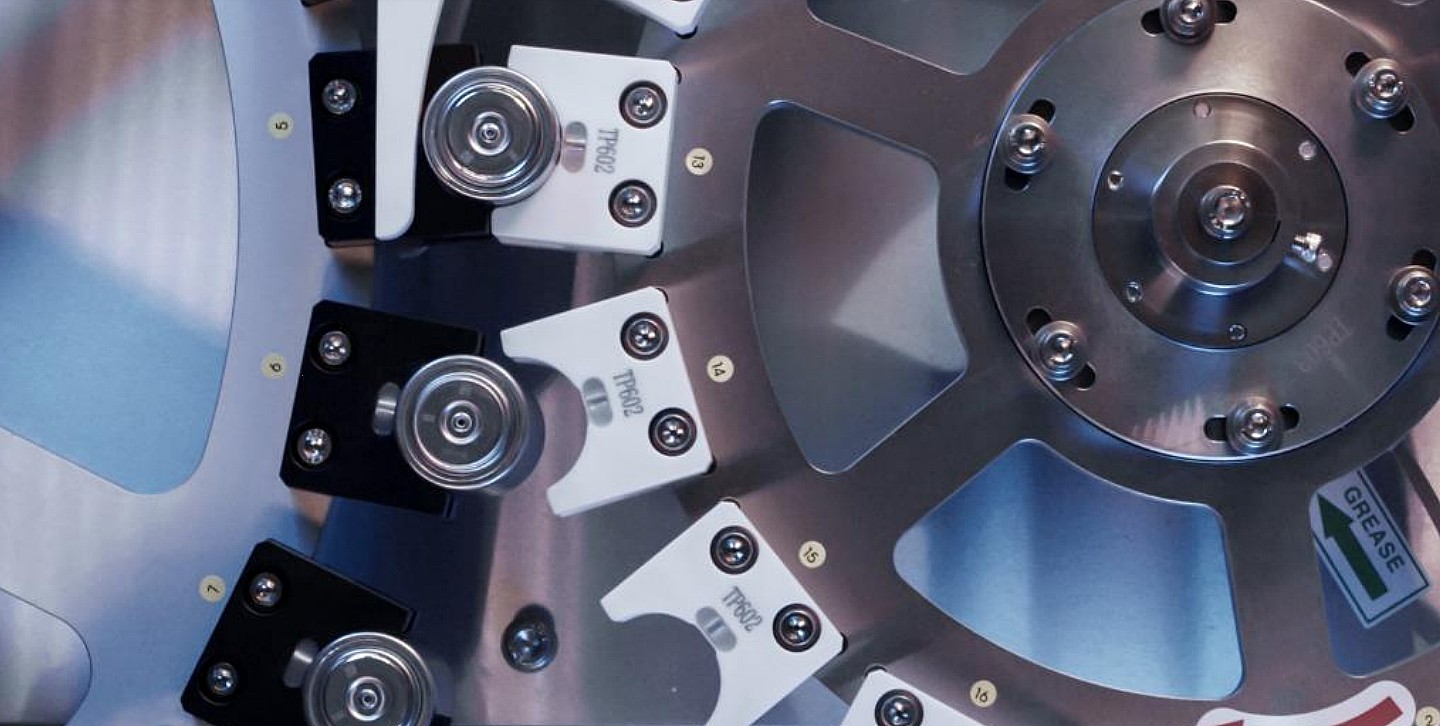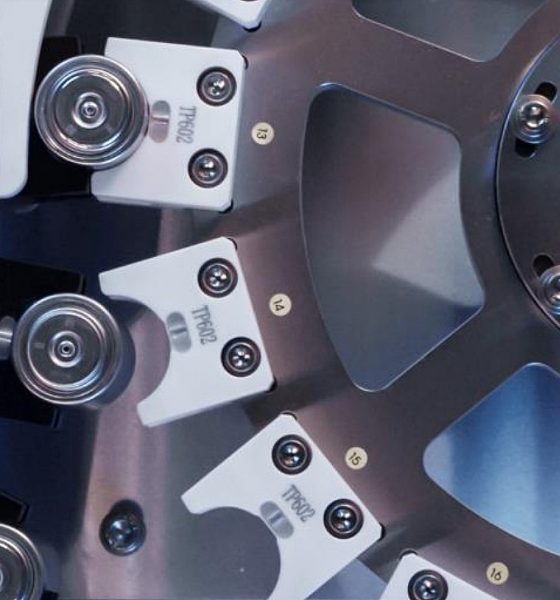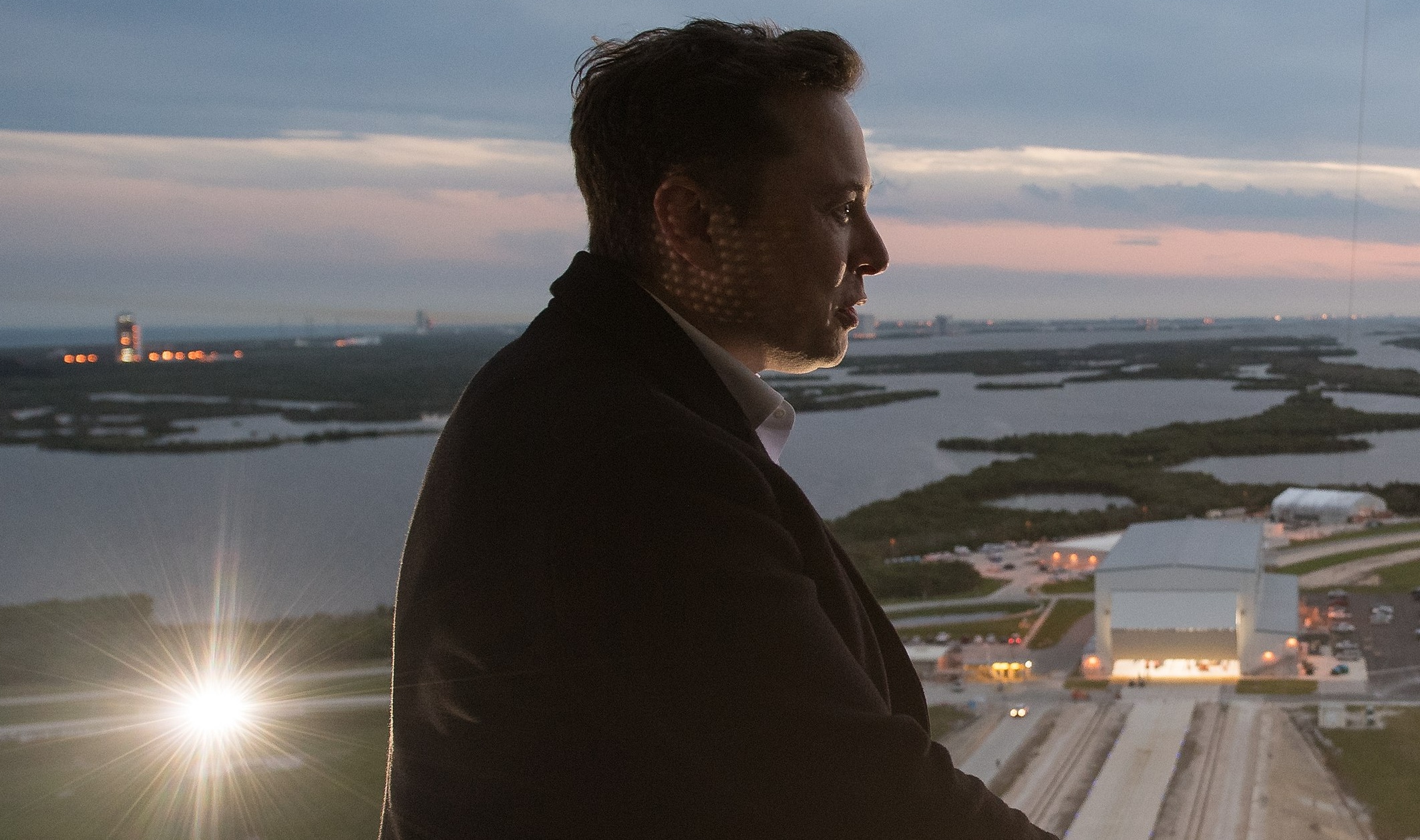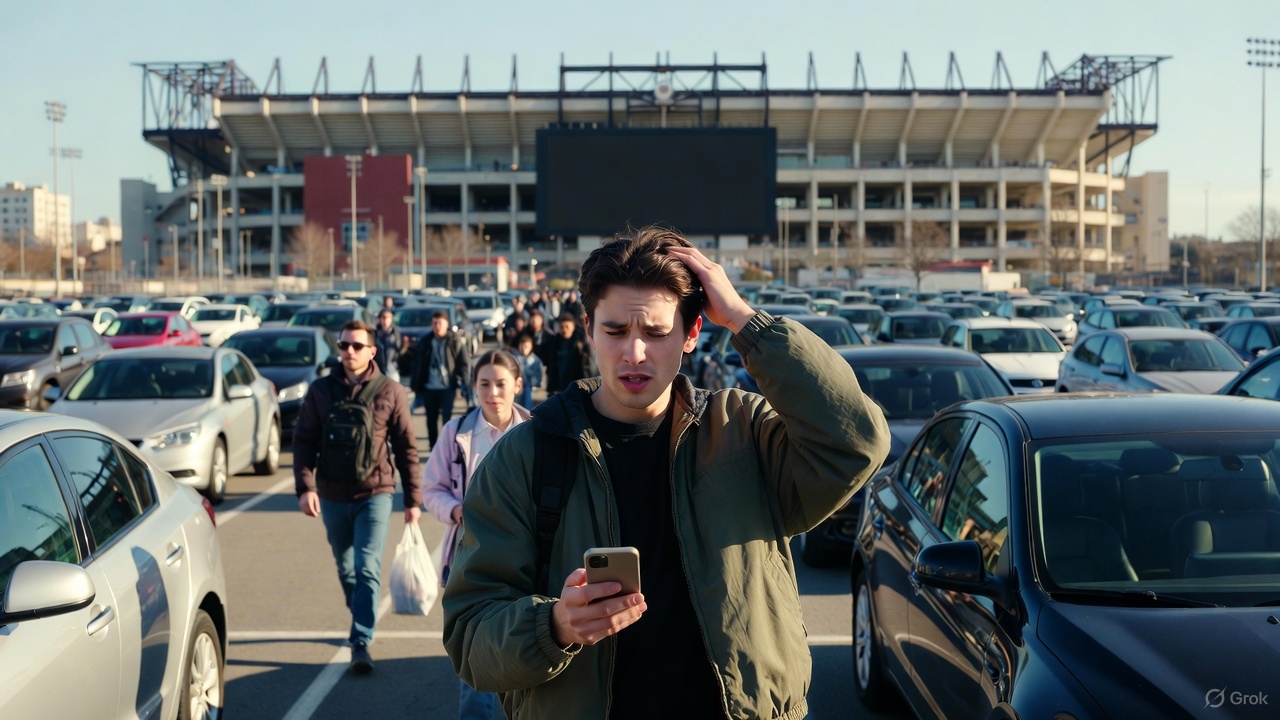

News
Tesla and the EV sector’s growth is driving up lithium, cobalt, and nickel prices
The electric vehicle revolution is fully underway. Led by successful vehicles like the Tesla Model 3, which are compelling alternatives to comparable internal combustion cars, EV sales are taking off. The momentum of EVs as a whole may hit some challenges soon, however, partly due to the rising prices of raw materials that are critical to the production of batteries.
The prices of lithium-ion batteries have seen a 90% decline to just about $130 per kWh. That’s very close to the widely targeted $100 per kWh level, which is estimated to be the point where EVs could become fully competitive with ICE cars in terms of cost. Expectations were high that the battery industry would hit $100 per kWh in 2024, but recent trends in the market suggest that this may not necessarily be the case.
Increasing EV Demand
Benchmark Mineral Intelligence, a company that tracks the worldwide battery supply chain, noted that lower costs helped boost EV sales by 112% in 2021 to over 6.3 million units globally from the previous year. And sales are only poised to increase. EV leader Tesla, which sold nearly a million pure electric cars on its own in 2021, is looking to grow its deliveries by 50% this year — and estimates among TSLA bulls suggest that the company’s growth might be even more impressive.
Benchmark Mineral Intelligence notes that battery-grade cobalt prices are up 119% from January 1, 2020 through mid-January 2022. Nickel sulfate prices saw a 55% rise in price, and lithium carbonate saw a whopping 569% increase. Benchmark Mineral Intelligence chief data officer Caspar Rawles, in a statement to The Wall Street Journal, noted that some battery cell makers that typically offered long-term fixed-price contracts have ended up shifting to a variable price model instead. This allowed them to pass on some of the costs of rising material prices to consumers.
What is quite unfortunate is that battery materials may remain in short supply for some time. China, which dominates the battery supply chain, is also aggressively increasing its electric vehicle production. And considering that it generally takes about seven to ten years to deploy a new mine, a lot of key battery components may end up being supply-constrained in the coming years.
Addressing A Supply Shortage
The rising prices of battery raw materials do not mean that the EV revolution would likely be slowed down, however. The battery recycling industry is now gaining some momentum, with companies like Redwood Materials — which is led by Tesla co-founder and former CTO JB Straubel — already preparing to sell recycled battery components to Panasonic for the production of battery cells at Tesla’s Gigafactory Nevada later this year. This helps foster a closed-loop system since Redwood also receives Panasonic’s battery scrap from Tesla’s Nevada facility.
Other initiatives that may help the auto sector weather the rising costs of battery materials involve a focus on batteries that use less expensive, more abundant components. Tesla China is among the companies that are at the forefront of this movement, with Giga Shanghai utilizing lithium iron phosphate (LFP) batteries for the Model 3 and Model Y. LFP batteries utilize iron in their cathodes instead of nickel and cobalt, making them less controversial and far more affordable.
And while LFP batteries typically result in vehicles with shorter range than cars equipped with nickel-based cells, tests from veteran electric vehicle owners in countries such as Norway are starting to reveal that iron-based cells are nothing to scoff at. Longtime EV advocate Bjorn Nyland, for example, recently conducted one of his 1,000-km tests in a base Model 3 equipped with an LFP battery that was produced in Gigafactory Shanghai. The vehicle performed amazingly despite the cold conditions and its relatively small 60 kWh battery pack.
Don’t hesitate to contact us with news tips. Just send a message to simon@teslarati.com to give us a heads up.

Investor's Corner
Elon Musk confirms SpaceX IPO is on the way
However, it appears Musk is ready for SpaceX to go public, as Ars Technica Senior Space Editor Eric Berger wrote an op-ed that indicated he thought SpaceX would go public soon. Musk replied, basically confirming it.

Elon Musk confirmed through a post on X that a SpaceX initial public offering (IPO) is on the way after hinting at it several times earlier this year.
It also comes one day after Bloomberg reported that SpaceX was aiming for a valuation of $1.5 trillion, adding that it wanted to raise $30 billion.
Musk has been transparent for most of the year that he wanted to try to figure out a way to get Tesla shareholders to invest in SpaceX, giving them access to the stock.
He has also recognized the issues of having a public stock, like litigation exposure, quarterly reporting pressures, and other inconveniences.
However, it appears Musk is ready for SpaceX to go public, as Ars Technica Senior Space Editor Eric Berger wrote an op-ed that indicated he thought SpaceX would go public soon.
Musk replied, basically confirming it:
As usual, Eric is accurate
— Elon Musk (@elonmusk) December 10, 2025
Berger believes the IPO would help support the need for $30 billion or more in capital needed to fund AI integration projects, such as space-based data centers and lunar satellite factories. Musk confirmed recently that SpaceX “will be doing” data centers in orbit.
AI appears to be a “key part” of SpaceX getting to Musk, Berger also wrote. When writing about whether or not Optimus is a viable project and product for the company, he says that none of that matters. Musk thinks it is, and that’s all that matters.
It seems like Musk has certainly mulled something this big for a very long time, and the idea of taking SpaceX public is not just likely; it is necessary for the company to get to Mars.
The details of when SpaceX will finally hit that public status are not known. Many of the reports that came out over the past few days indicate it would happen in 2026, so sooner rather than later.
But there are a lot of things on Musk’s plate early next year, especially with Cybercab production, the potential launch of Unsupervised Full Self-Driving, and the Roadster unveiling, all planned for Q1.
News
Tesla adds 15th automaker to Supercharger access in 2025

Tesla has added the 15th automaker to the growing list of companies whose EVs can utilize the Supercharger Network this year, as BMW is the latest company to gain access to the largest charging infrastructure in the world.
BMW became the 15th company in 2025 to gain Tesla Supercharger access, after the company confirmed to its EV owners that they could use any of the more than 25,000 Supercharging stalls in North America.
Welcome @BMW owners.
Download the Tesla app to charge → https://t.co/vnu0NHA7Ab
— Tesla Charging (@TeslaCharging) December 10, 2025
Newer BMW all-electric cars, like the i4, i5, i7, and iX, are able to utilize Tesla’s V3 and V4 Superchargers. These are the exact model years, via the BMW Blog:
- i4: 2022-2026 model years
- i5: 2024-2025 model years
- 2026 i5 (eDrive40 and xDrive40) after software update in Spring 2026
- i7: 2023-2026 model years
- iX: 2022-2025 model years
- 2026 iX (all versions) after software update in Spring 2026
With the expansion of the companies that gained access in 2025 to the Tesla Supercharger Network, a vast majority of non-Tesla EVs are able to use the charging stalls to gain range in their cars.
So far in 2025, Tesla has enabled Supercharger access to:
- Audi
- BMW
- Genesis
- Honda
- Hyundai
- Jaguar Land Rover
- Kia
- Lucid
- Mercedes-Benz
- Nissan
- Polestar
- Subaru
- Toyota
- Volkswagen
- Volvo
Drivers with BMW EVs who wish to charge at Tesla Superchargers must use an NACS-to-CCS1 adapter. In Q2 2026, BMW plans to release its official adapter, but there are third-party options available in the meantime.
They will also have to use the Tesla App to enable Supercharging access to determine rates and availability. It is a relatively seamless process.
News
Tesla adds new feature that will be great for crowded parking situations
This is the most recent iteration of the app and was priming owners for the slowly-released Holiday Update.

Tesla has added a new feature that will be great for crowded parking lots, congested parking garages, or other confusing times when you cannot seem to pinpoint where your car went.
Tesla has added a new Vehicle Locator feature to the Tesla App with App Update v4.51.5.
This is the most recent iteration of the app and was priming owners for the slowly-released Holiday Update.
While there are several new features, which we will reveal later in this article, perhaps one of the coolest is that of the Vehicle Locator, which will now point you in the direction of your car using a directional arrow on the home screen. This is similar to what Apple uses to find devices:
Interesting. The location arrow in the Tesla app now points to your car when you’re nearby. pic.twitter.com/b0yjmwwzxN
— Whole Mars Catalog (@wholemars) December 7, 2025
In real time, the arrow gives an accurate depiction of which direction you should walk in to find your car. This seems extremely helpful in large parking lots or unfamiliar shopping centers.
Getting to your car after a sporting event is an event all in itself; this feature will undoubtedly help with it:
The nice little touch that Tesla have put in the app – continuous tracking of your vehicle location relative to you.
There’s people reporting dizziness testing this.
To those I say… try spinning your phone instead. 😉 pic.twitter.com/BAYmJ3mzzD
— Some UK Tesla Guy (UnSupervised…) (@SomeUKTeslaGuy) December 8, 2025
Tesla’s previous app versions revealed the address at which you could locate your car, which was great if you parked on the street in a city setting. It was also possible to use the map within the app to locate your car.
However, this new feature gives a more definitive location for your car and helps with the navigation to it, instead of potentially walking randomly.
It also reveals the distance you are from your car, which is a big plus.
Along with this new addition, Tesla added Photobooth features, Dog Mode Live Activity, Custom Wraps and Tints for Colorizer, and Dashcam Clip details.
🚨 Tesla App v4.51.5 looks to be preparing for the Holiday Update pic.twitter.com/ztts8poV82
— TESLARATI (@Teslarati) December 8, 2025
All in all, this App update was pretty robust.








